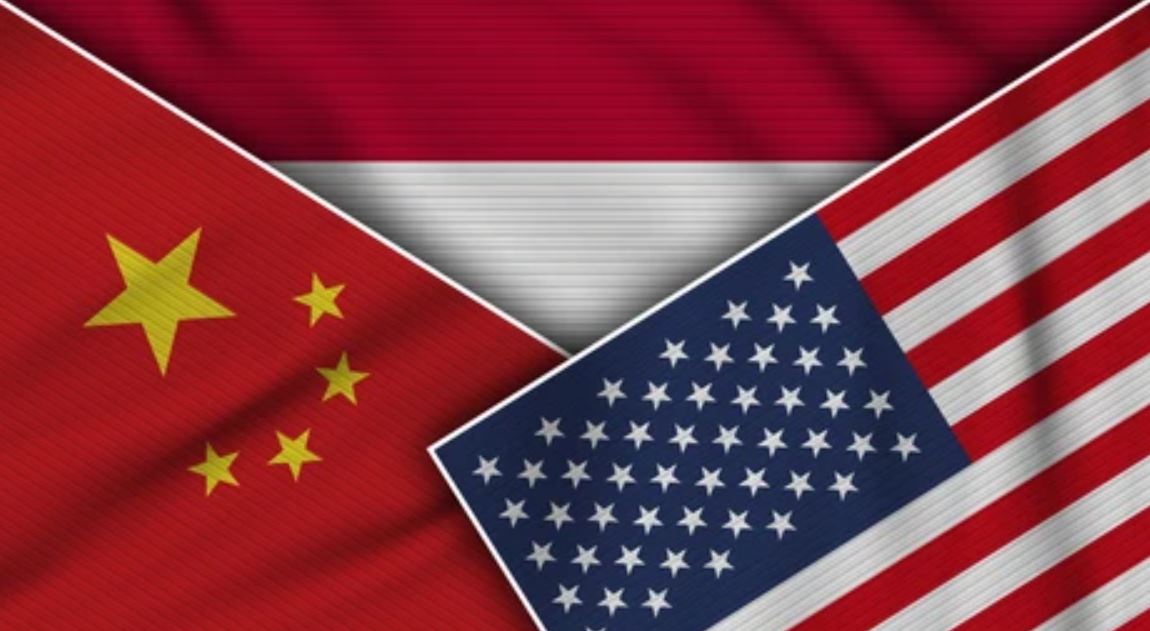Indonesia Amid U.S.–China Trade Truce: Opportunity or Trap?
A New Chapter in Global Trade
The trade war between the United States and China — ongoing for years — now shows signs of easing. Both nations have agreed to significantly reduce import tariffs, marking a "ceasefire" in a conflict that has shaken global markets. But for Indonesia, this isn’t purely good news. Behind the potential opportunities lie challenges — and possible traps — that must be navigated carefully.
Immediate Impact on Indonesian Exports
During the trade war, Indonesia briefly enjoyed increased exports to the U.S., especially in electronics, textiles, and footwear — filling gaps left by heavily taxed Chinese goods.
But now, with tariffs reduced, Chinese products are regaining competitiveness, threatening Indonesia’s position.
📉 For example, Indonesia’s electronic exports to the U.S. surged 23.5% when China faced high tariffs. Now that those duties are easing, China is reclaiming its market share, and Indonesia must fight harder to maintain its foothold.
⚙️ Competitiveness Challenge for Indonesia's Industry
Indonesia’s industrial competitiveness is under pressure.
High logistics costs, complex bureaucracy, and underdeveloped infrastructure make Indonesia less attractive than neighbors like Vietnam.
Out of 33 companies that relocated operations from China, only 7 chose Indonesia. 19 went to Vietnam.
Additionally, Indonesia is heavily reliant on China for raw materials — 70% of its electronics inputs come from there.
Any disruption in trade relations could hit Indonesia hard.
Contradictory Tariff Policies
Indonesia’s decision to raise import tariffs on U.S. goods from 32% to 47% — while the U.S. and China are de-escalating — raises eyebrows.
Is this a clever strategic move, or a diplomatic misstep?
This could land Indonesia on the U.S.’s "Dirty 15" list — countries targeted for retaliatory tariffs — potentially affecting USD 16.8 billion worth of exports.
Shifting energy imports to the U.S. may reduce dependence on China, but without renewable energy development, this simply swaps one dependency for another.
Opportunities in Downstream and Industrial Development
Amid these challenges lies a major opportunity for Indonesia:
Strengthen downstream processing and domestic industrialization.
By boosting local manufacturing, Indonesia can add export value, reduce raw material dependence, and create jobs — strengthening its economy.
But this requires:
-
Consistent policies
-
Adequate infrastructure
-
A pro-investment climate
Without these, downstream ambitions will remain mere slogans.
Smart and Proactive Trade Diplomacy
Indonesia must engage in smart, proactive trade diplomacy.
Tariff negotiations must be strategic, with long-term economic impacts in mind.
Indonesia should:
-
Expand exports to non-traditional markets to reduce dependency.
-
Strengthen regional and bilateral cooperation to unlock new market access and increase global competitiveness.
🧭 Conclusion: A Test of Readiness
The easing of U.S.–China trade tensions is a welcome sign for global markets,
but for Indonesia, it’s a test.
Opportunities and risks are intertwined.
Indonesia must seize this moment to:
-
Reinforce its industries
-
Engage in strategic diplomacy
-
Avoid short-sighted policies
With the right approach, Indonesia can step out of the trade war’s shadow and become a key player in global trade.
